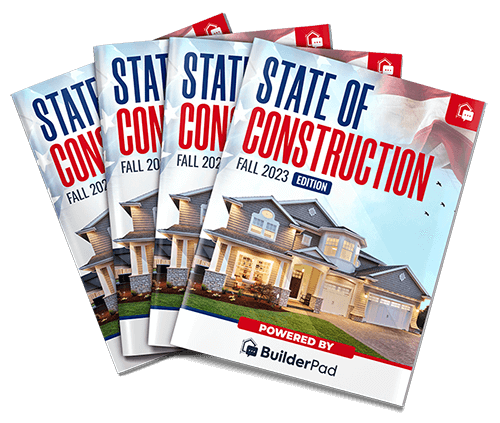The ever-changing economic climate has compelled construction firms to reevaluate their pricing strategies.
To mitigate risk, many are considering adopting a cost-plus pricing model. This pricing approach can help secure profits, but to optimize its benefits, it is crucial to understand and apply appropriate markup calculations.
In this blog post, we will explore how to:
- Understand the cost-plus pricing model
- Calculate the minimum markup to prevent losses
- Determine the ideal markup for generating profits
- Monitor the competition and industry trends
- Regularly review and update your markup
Understanding the cost-plus pricing model The cost-plus pricing model, also known as “transparent pricing” or a “time and materials contract,” involves charging clients for the cost of materials and labor plus a predetermined markup. This pricing method helps protect your bottom line against economic uncertainties by passing increased costs to the client. To maximize profitability, it is essential to calculate and apply the right markup.
Calculating the minimum markup to avoid losses As a business owner, generating revenue is necessary to maintain operations and employ staff. With a transparent pricing model, the goal is not only to break even but also to become more profitable. To ensure you avoid losses, start by calculating the minimum markup necessary.
To calculate your breakeven markup:
Breakeven Markup % = Total Annual Operating Expense / Total Annual Expected Job Costs

Determining the ideal markup for generating profits Once you have calculated the minimum markup needed to avoid losses, the next step is to identify the optimal markup for maximizing profits. The amount you can charge is primarily limited by your competition, so it is crucial to find a balance between competitive pricing and profitability.
Two approaches can help determine a markup target:
- Start high and reduce: Suitable for established builders with ample work, this strategy involves beginning with a markup 20% above the breakeven point and decreasing it until clients start signing proposals.
- Start low and increase: Ideal for new builders looking to establish themselves, this method involves starting with a markup at least 5% above the breakeven point and gradually increasing it until clients stop signing contracts.
Monitoring competition and industry trends, and staying informed about your competitors’ pricing strategies is crucial for maintaining a competitive edge. You can gather this information by talking to clients and joining local builders’ associations or networking groups.
Additionally, keeping an eye on industry trends will help you anticipate changes in the market and adjust your pricing strategy accordingly.
Regularly reviewing and updating your markup as your business grows and the market evolves, it is vital to review and update your markup regularly.
At a minimum, this should be done once per year.
Continuously analyze your profit margins and recalculate your breakeven markup to ensure you are charging the right amount to maximize profitability.
In conclusion, adopting a cost-plus pricing model can be an effective strategy for construction firms in an unpredictable economic environment.
However, to optimize its benefits, it is essential to understand the model, calculate appropriate markups, monitor the competition, and regularly review and update your pricing strategy. By doing so, you can secure your bottom line and ensure the long-term success of your construction business.







